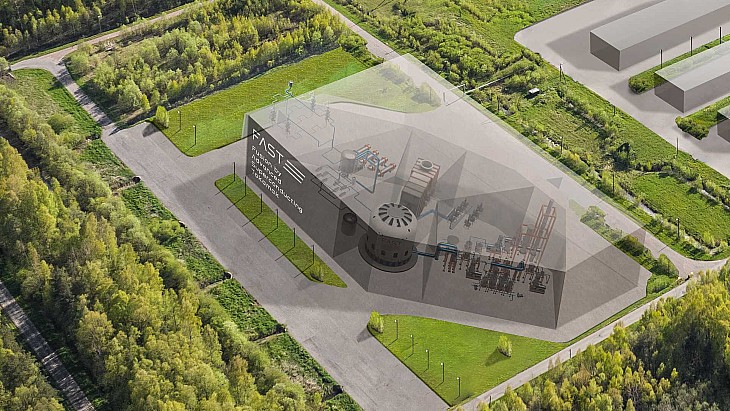Under a 2017 contract, Rolls-Royce agreed to implement its T-104 technology - developed by its aerospace business - to improve operational efficiency at Bruce Power's eight Candu reactors. The technology uses Rolls-Royce's data to improve equipment reliability, reduce inventories and maintenance and materials costs, while improving operational and supply chain practices. The T-104 technology exploits so-called Big Data - a term used for data sets so large that their manipulation and management present significant logistical challenges.
Andy Collyer, executive vice president of Rolls-Royce Canada's Ontario-based nuclear business, said: "Our vision is to bring our international expertise to Port Elgin to collaborate with Bruce Power so it can generate more power for longer. Our technology gathers huge amounts of data created during the day-to-day operations of a nuclear power plant. When we then analyse that using data science, it gives us an incredibly clear picture of where new improvements can be found."
Bruce Power's eight Candu reactors provide 30% of Ontario's electricity and played a central role in the province's phase-out of coal-fired electricity generation. In January 2016, the company launched its multi-year Life-Extension Programme under an agreement with the Independent Electricity System Operator, the government corporation responsible for Ontario's power supply. Bruce unit 6 will be the first unit to undergo refurbishment, beginning in 2020, and the programme, which will take until 2053 to complete, will ensure the units' continued operation until 2064.
In January, US utility PSEG signed a four-year contract to deploy Rolls-Royce's T-104 service to drive greater plant efficiency at its Salem and Hope Creek nuclear power plants in New Jersey. That contract followed a successful six-month trial.

.jpg)



_16403_79272.jpg)


_69218.jpg)

_76087_55556.jpg)



